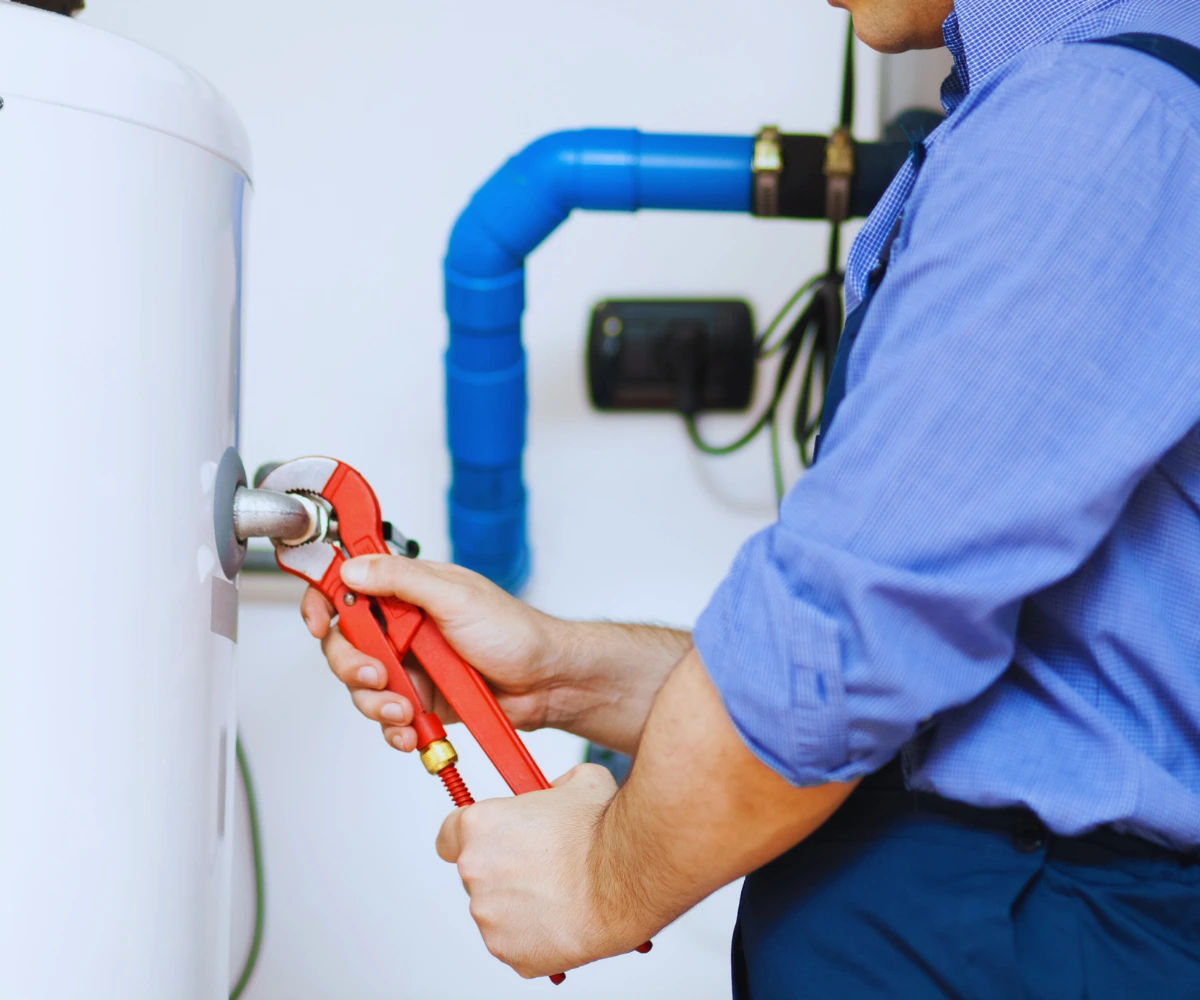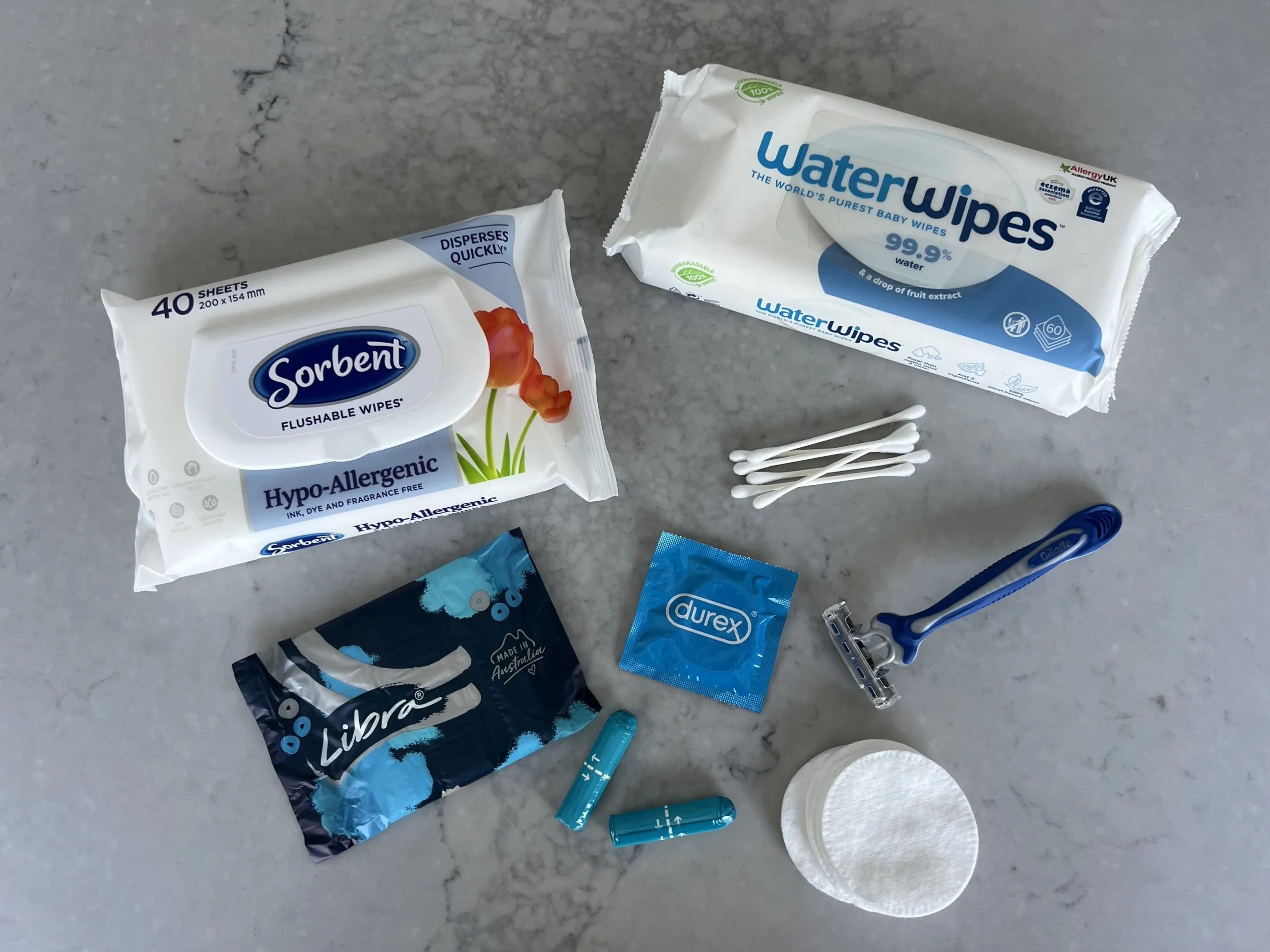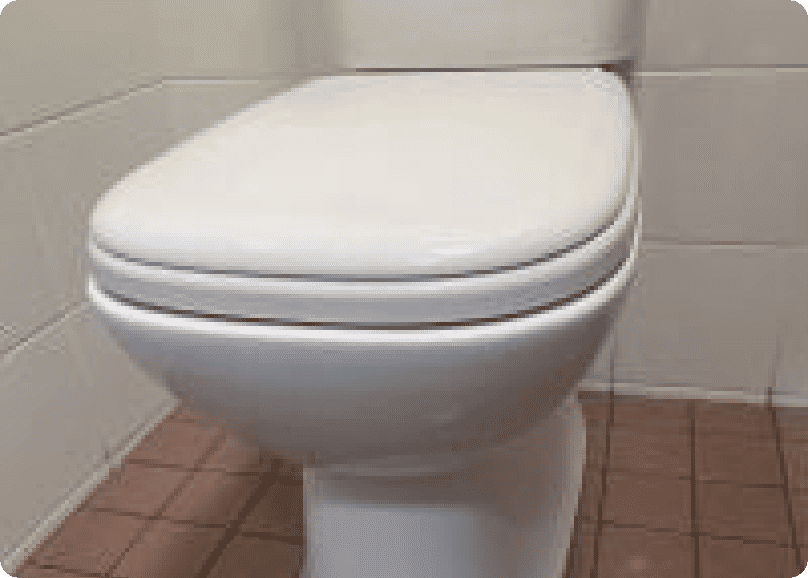Fixing Hot Water System Issues In Rainy Winter
- William Demirdonder
- Jul 25, 2025
- No comments
- 15-minute read

Cold and wet weather in Sydney often brings a spike in hot water system faults. Many homeowners report inconsistent heating, leaking tanks, and system failures during periods of extended rainfall. In suburbs like North Sydney, Inner West, and the Eastern Suburbs, ageing units combined with sediment build-up lead to increased emergency repair requests.
Sediment accumulation is one of the most common reasons a water heater fails in damp or cold conditions. Sydney’s water contains minerals that settle at the bottom of storage tanks. Over time, this sediment insulates the heating element, making it work harder until it stops working. Blocked outlets, noisy tanks, and fluctuating water temperatures are early signs of the issue.
Draining the tank clears out mineral build-up and helps restore function. Begin by switching off the power to the unit and allowing the water to cool. Shut off the cold water inlet, then connect a garden hose to the drain valve at the bottom. Open a hot tap inside the house to let in air and begin draining the tank.
Expect the first few litres to be cloudy or contain fine particles. Once the water flows clear, close the valve and refill the tank. Restore power only when the tank is full again. This maintenance should be done every 12 to 18 months, particularly in areas with hard water.
The temperature and pressure relief (TPR) valve releases water if the system builds too much pressure or gets too hot. It is a key safety feature in any storage heater. During cool or damp conditions, valve faults become more common due to thermal stress or mineral blockage.
Lift the valve’s lever and check for a quick burst of water. If nothing comes out or if it drips continuously, the valve might be faulty. Rust, limescale, or mechanical failure can all prevent the valve from sealing properly. This can lead to overflows or ruptures.
Homeowners should test the valve routinely. If stuck or leaking, contact a licensed plumber. For urgent faults, book through our Emergency Plumbing service.
Sudden changes in temperature can cause older or struggling systems to fail. When cold fronts move in, demand on water heating increases and can highlight pre-existing issues. If your water supply drops from hot to lukewarm or cold, this might indicate a faulty thermostat or a heating element covered in sediment.
Tempering valves regulate water temperature at the outlet. These can become stuck or slow to respond in cold weather. A failed valve may cause scalding or a sudden loss of heat. If you notice these fluctuations, ask a plumber to check the thermostat and test the valve.
Properties with older systems or higher demand during colder weather often see more faults. Quick inspection prevents failures and protects against long-term damage.
The sacrificial anode prevents rust inside the tank by attracting corrosive minerals. Over time, it breaks down and needs replacing. In coastal or high-moisture areas, the anode can deteriorate faster.
Check the anode every three to five years, or sooner for older tanks. It sits at the top of the heater and can be removed with a socket wrench. If the rod is heavily pitted or mostly gone, it is no longer protecting the system and should be changed.
Failure to replace the anode allows internal corrosion, which shortens the heater’s life and increases the risk of leaks. Anode checks are a key part of long-term water heater maintenance.
Outdoor units or systems in damp spaces may suffer during wet weather. Moisture can lead to condensation on valves or inside control panels. Ensure the area around the unit is dry and that proper drainage prevents pooling.
Pilot lights can struggle to ignite or remain lit in humidity. If your system fails to fire up, check the ignition and reset the unit. If it continues to fail, contact a local plumber in Sydney to inspect and replace parts.
Installing weather shields or insulation around pipes and the unit helps reduce heat loss. This also prevents valves from freezing or sticking in colder suburbs.
Unusual noises, visible leaks, or temperature changes all signal the need for repairs. DIY flushing and resetting can help, but deeper faults often involve electrical, gas, or pressure components.
Hot water system repairs in Sydney often involve clearing sediment, replacing faulty valves, testing thermostats, and relining tanks. These tasks should be handled by licensed professionals.
If urgent help is needed, request support through our Emergency Plumbing service.
If the system fails entirely, switch off the water and power to the unit. Dripping valves, rusty tanks, or no hot water usually point to internal faults that need immediate attention.
Same-day emergency hot water repair is available across Sydney. Our plumbing team works on electric and gas models and can restore function or recommend replacement.
Moisture and low temperatures place added strain on old or neglected hot water systems. Sediment, valve problems, and corrosion can build until failure occurs.
Regular checks help avoid disruption. If your system has not been serviced recently, book an inspection to examine the thermostat, tempering valve, anode, and TPR valve.
We provide professional hot water system repairs in Sydney and handle urgent breakdowns with prompt, licensed support.
Book our Emergency Plumbing service today to arrange your inspection or repair.
Understanding your home insurance and what you are covered for when it comes to plumbing can be overwhelming. Do you have cover if the land mower of your neighbour damages part of your pipeline?....
Read MoreFatbergs are created when you flush down wet wipes or “flushable” wipes down the toilet and they get caught up in your pipes with a combination of any oils, fats or grease poured down the ....
Read MoreImagine you’re in the midst of a plumbing emergency (we’ve all been there) and you desperately need an ace plumber on your door step. We doubt in the middle of a plumbing emergency you&rs....
Read MoreIrrespective of how hard you try, sometimes a toilet or bathroom clog is unavoidable. Whatever might be the reason for the clog, you need to clear the same. When you wish to fix the problem, a plunger....
Read More



Leave a Reply
Your email address will not be published. Required fields are marked *